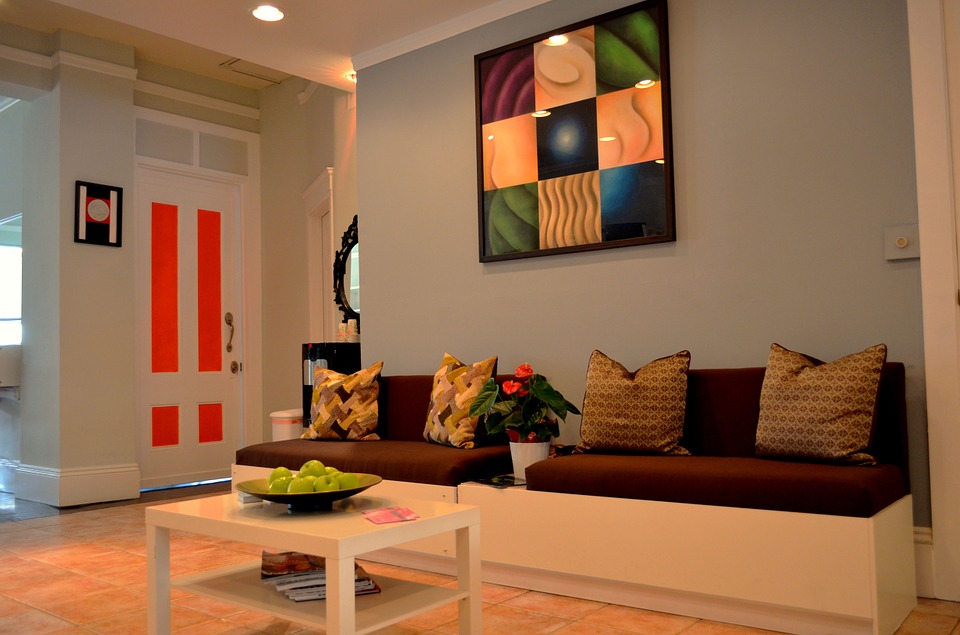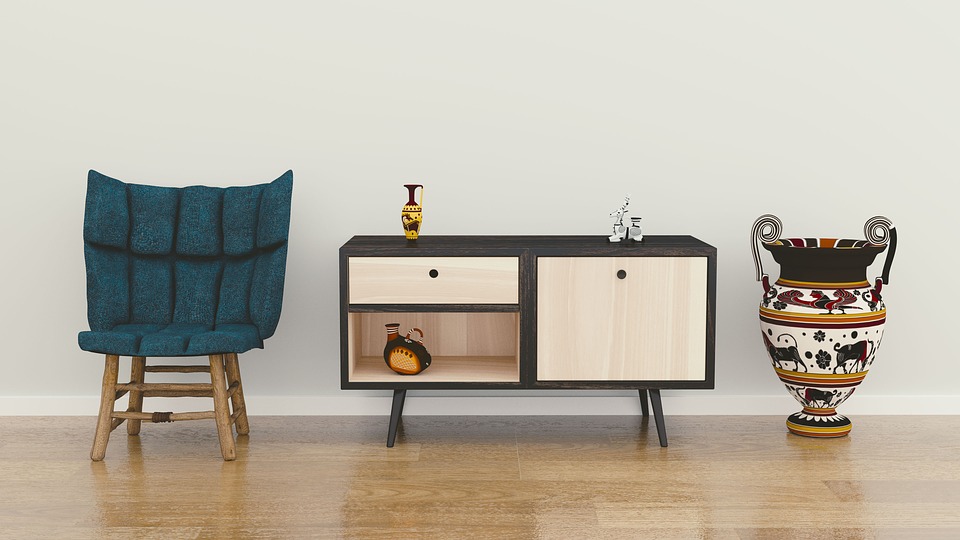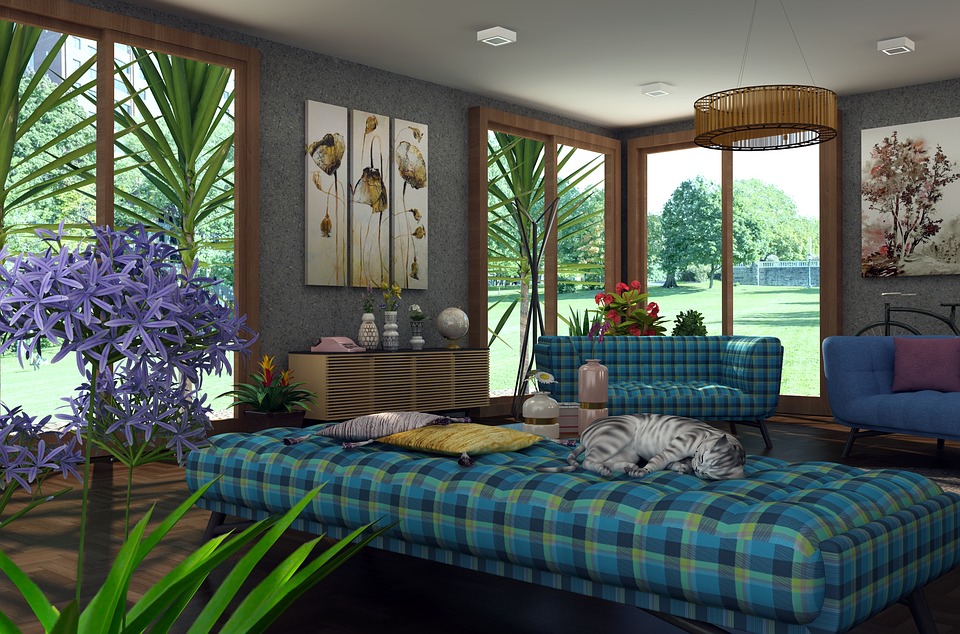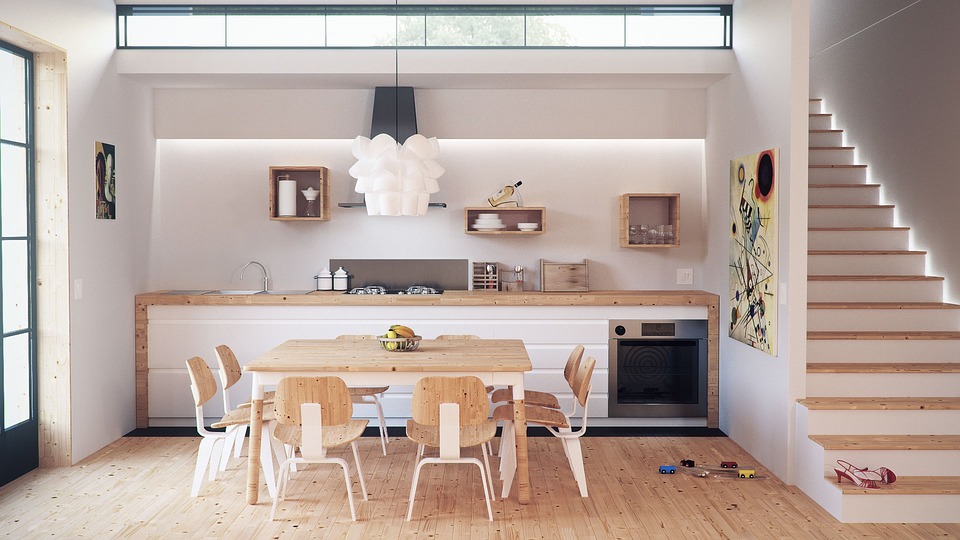
As it usually happens, every owner who just comes to a new home gets a strong desire to create a place of his own dreams. He or she is ready to spend hours looking through different decorating and design magazines and grasping the creative ideas from the sources.
The first strong desire every person has is to find a golden middle and create a home different to the ones of neighbors. There exist so many design ideas and variants on the market that one feels really puzzled when it comes to choosing decor.
How to make sure that a home is cozy and elegant at the same time? In addition to floor, cell, walls, and furniture, there are many other small decorations that should suit the overall atmosphere in a home.

Before one starts buying all furniture and other home stuff, a serious dilemma may appear. According to statistics, most people face difficulties when it comes to choosing the color in which walls will be painted. What are the colors that will emphasize a good taste of homeowners?
For sure, it is not enough to search through the color palette generators. Besides, one should also remember a basic knowledge of color and its psychology. In fact, it is a well-known fact that every room in a house serves different purposes. That's why many people prefer using a different color scheme for every room. For instance, parents usually choose tender pink colors for their daughter's room, while sea blue colors are the most popular design solution for the rooms of little princes. However, either pink or blue colors do not sound like a good idea as far as an interior of a kitchen is concerned. Hence, a color wheel comes into help to introduce the outline of basic colors.
First of all, there is a group of primary colors that serve as a foundation for the wheel, such as red, blue, and yellow colors. After that, the wheel introduces secondary colors as well. They may appear when primary colors are combined with one another. To the group of secondary colors belong orange, green, and purple. The third group of a wheel may be named as tertiary colors. These colors may be created when the secondary colors mix with primary colors, their neighboring.

The next group is presented with cool colors. It is a well-known fact that blue, green, and purple are “cool” and passive, perfectly matching primary colors as a background. Because these colors tend to make rooms look larger, they are a good choice for bedrooms, offices, and libraries. In this way, the rooms look spacey and calm, making people relax and feel harmonious.
Another group of colors to be mentioned is “warm”. These are red, orange, and yellow that are considered to be active colors. Because of the activeness, some people distinguish them as not attractive. Therefore, they are best for different creative spaces, would it be a playroom for children or a family kitchen. Besides, orange and yellow are good for offices as they usually increase productivity and motivate to work. White and neutralizer are the last to be discussed. These colors are not included in the color wheel; nonetheless, they play an important role in decor. Thus, a white color allows creating a large and “open” space or making an accent on other colors, and neutralizers are the creamy tones that can easily match any color or help to use different colors together.
After getting familiar with all the color groups, the next step is to choose a color scheme. The first and the most popular scheme is monochromatic. It may seem boring and ordinary; however, it is possible to use different shades of the same color, in this way, making the scheme more interesting and unusual.
The second scheme is analogous and is characterized by using similar colors that are located next to each other in the color wheel. As usual, the analogous scheme includes from three to five colors and allows creating an interesting effect that can completely transform the room.
Next is a complementary scheme that should include your favorite color and the opposite color of the color wheel. Traditionally, these are warm and cool colors. Despite it is quite difficult to combine them together, they allow creating energetic and strong color schemes.

Split-complementary is another scheme to be mentioned. It consists of a chosen color and two adjacent colors and looks best in a warm group.
The last scheme to be discussed is triadic. It includes colors that are located equally according to the common color wheel. As a result, a room will be painted in three contrasting colors that present great combination. In addition, the triadic scheme allows using your favorite color as dominant and paint more walls with it, making accents on the different walls.
While choosing a color or a color scheme, it is important to take into account the furniture, accessories, and liners. Besides, it is necessary to find out the general idea you like and search the possible variants in design magazines or ask a professional designer for a piece of advice. In this way, you will be satisfied with renovations and feel comfortable in a newly painted room or a living space. It will be a good experience that brings pleasure and allows bringing a little bit more optimism and positive emotions to your everyday life.
Guest post by Emma Cooper
About the Author
My name is Emma Cooper, I am a blogger and work as an editor. I have a Master's Degree in literature and love both reading and writing about books and literary topics. I also help students with their literary assignments - articles, essays and summaries of books.
You may also like
How to Turn Your Bedroom into a True Zen Paradise
Ways to Add Natural Elements to Your Interior
10 Log Cabin Interior Design Ideas to Inspire You
The Scandinavian Secrets to Keeping Your Home Cosy and Warm
Decorating Tricks to Steal from Stylish Scandinavian Interiors
